Archaeological excavations around the Haydarpaşa Train Station in Istanbul have unearthed a skeleton. A nearly-intact skeleton wearing a scented necklace, believed to be some 1,000 years old, was found Thursday, the latest discovery at the site.
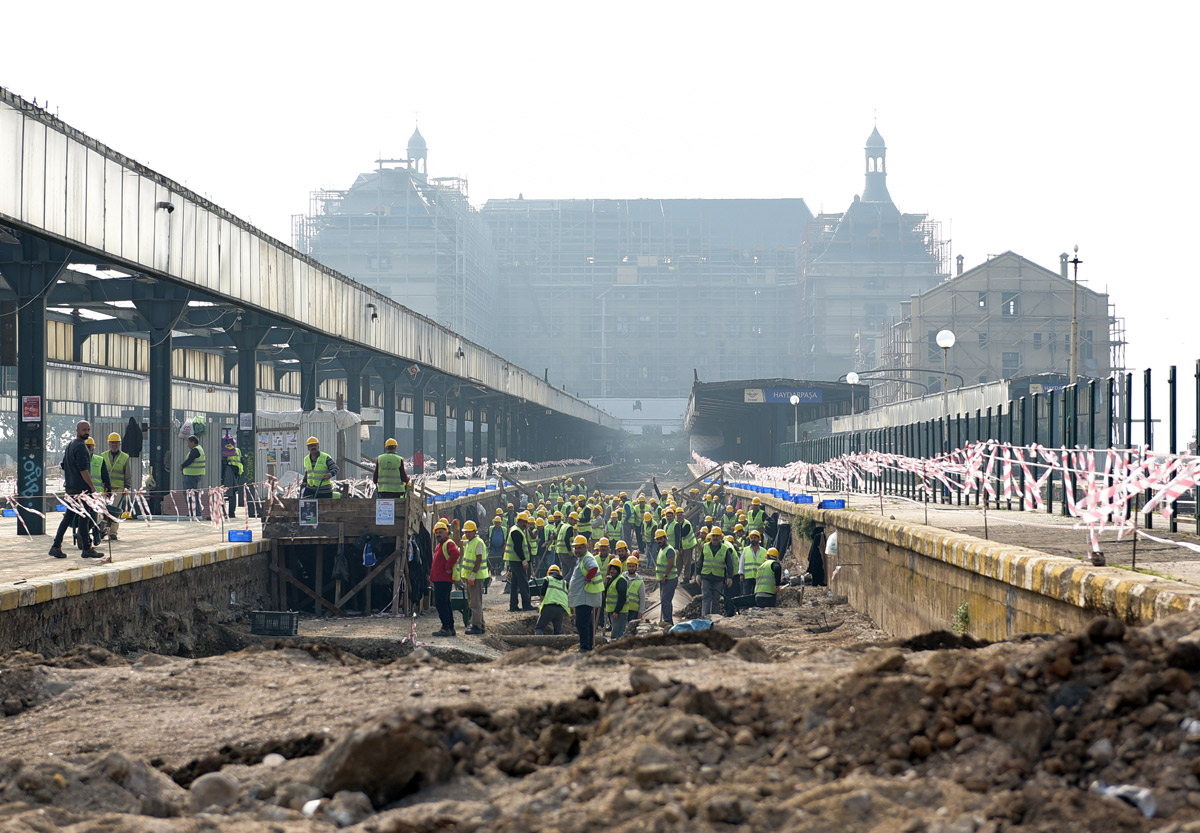
The archaeological excavation carried out as part of the restoration works in Istanbul's landmark Haydarpaşa Train Station continues to recover precious historical artefacts that potentially shed light on the city's Byzantine history.
Dozens of graves have so far been unearthed during excavations in the field which started on May 11. But during the recent works, archaeologists found an intact skeleton, which has a scented necklace on it.
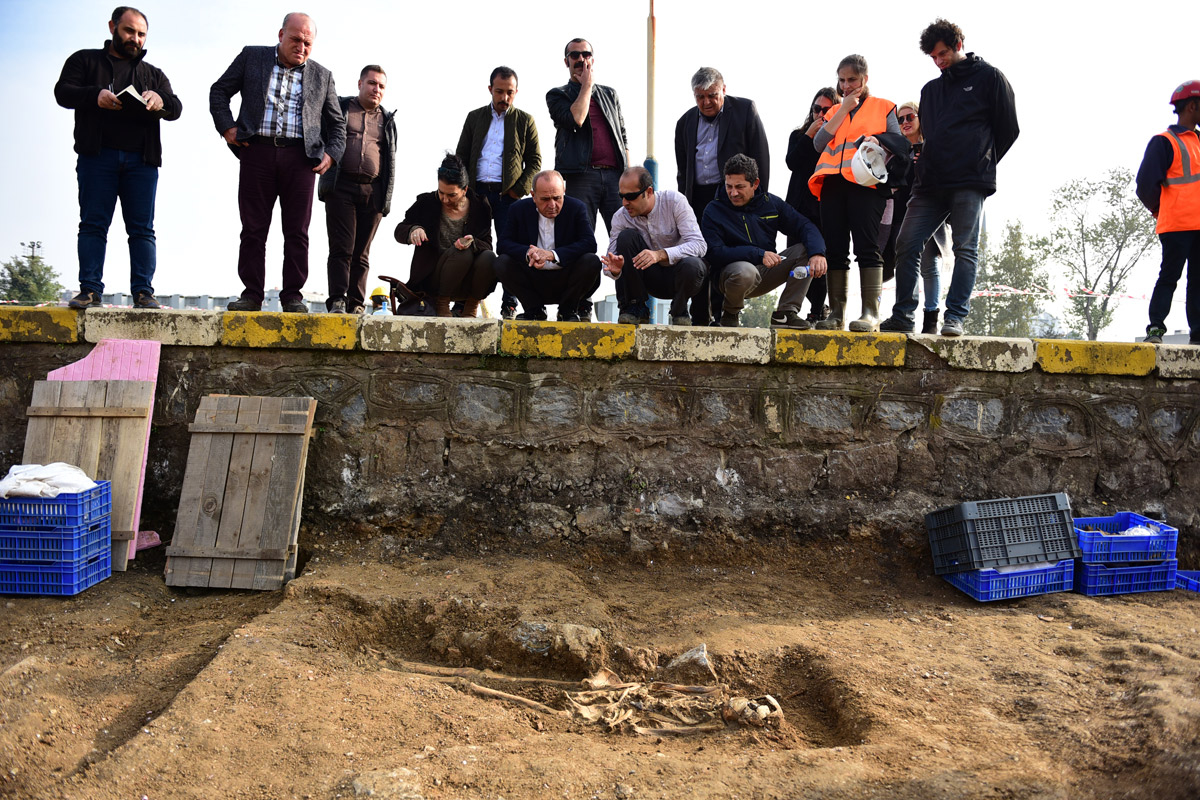
Visiting the excavation field, Kadıköy Mayor Aykurt Nuhoğlu said he examined the coins and jewelries found in the field.
Stating that Haydarpaşa’s location was very important, the mayor said, “We need to preserve this important space and keep it for further generations. This is a field that sheds light on the future of Istanbul and Kadıköy. The train station and its surroundings are a cultural heritage of Turkey. We, the municipality and the locals of Kadıköy, are sensitive about this issue. The train station will be revived again; trains will come and go just like in the past.”

The excavations also unearthed a Byzantine-era fountain. According to officials, the water channels in the excavation field are connected to this fountain, which is the only functioning Byzantine-era fountain in Istanbul and clean enough to drink. Archaeologists say the cleanness of the water shows that architectural activities in that era were very successful.
In the field, where three museum experts, 18 freelance archaeologists, a restorer, a photographer and nearly 400 workers are on duty, a podium was unearthed from among the railway platforms. The podium, which is made of sheared rectangular blocks and believed to date back to the Hellenistic era, was found.
The works carried out in the south of the railway platform have unearthed a big wall. The period of the 100-meter-long and three-meter-wide wall is not known yet, but archaeologists think it is the continuation of a 2,000-year-old fortification wall.
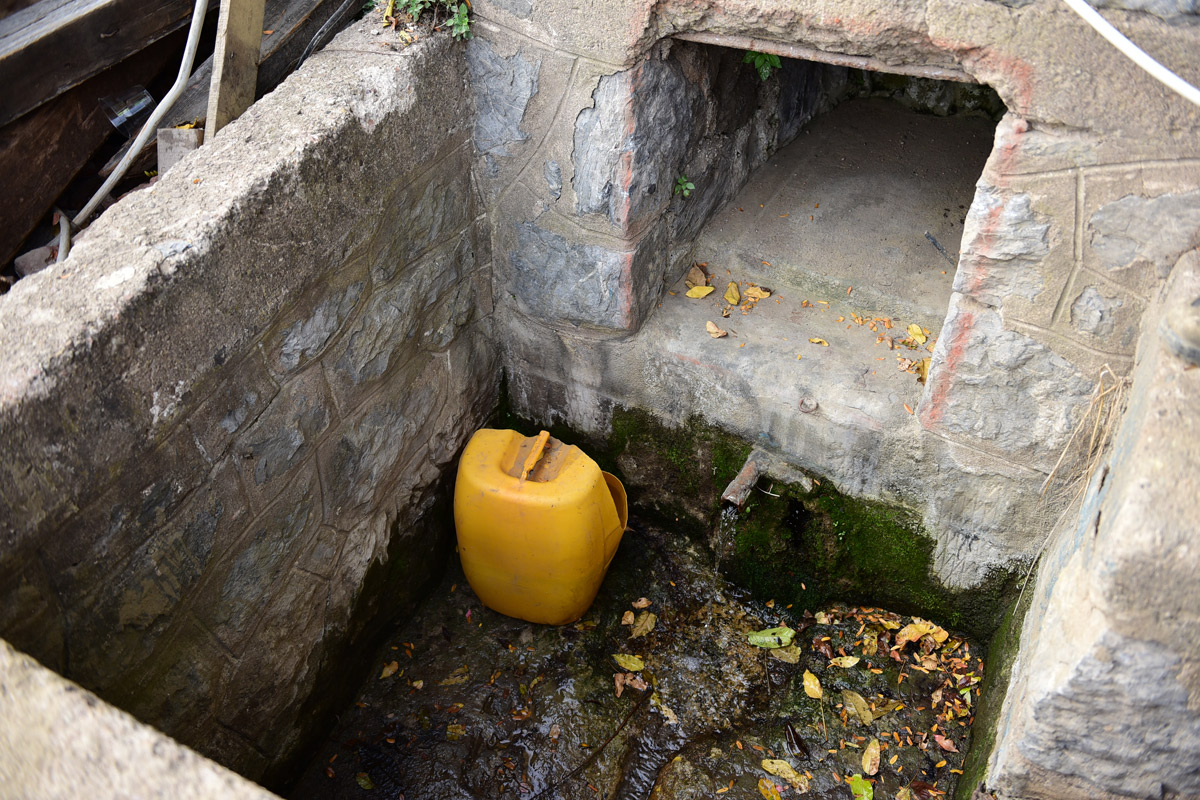
Another finding was a ceramic brick kiln from the Middle Byzantine period in the İbrahimağa area.
So far some 2,000 coins have been unearthed during excavations and they are examined and given numbers one by one. Some coins are too clean that their period can easily be seen. The coins are dating back to between 610-641 and 527-565 A.D.
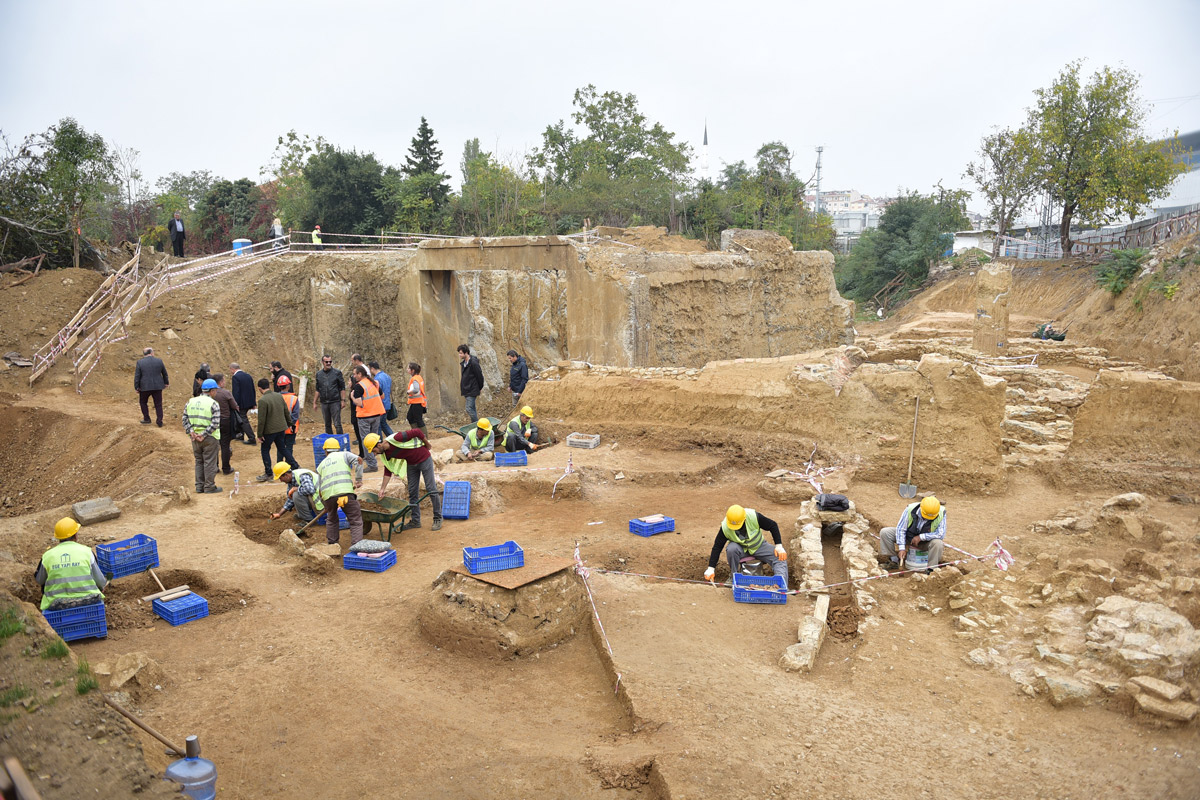





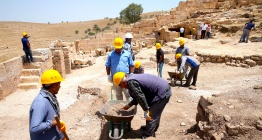

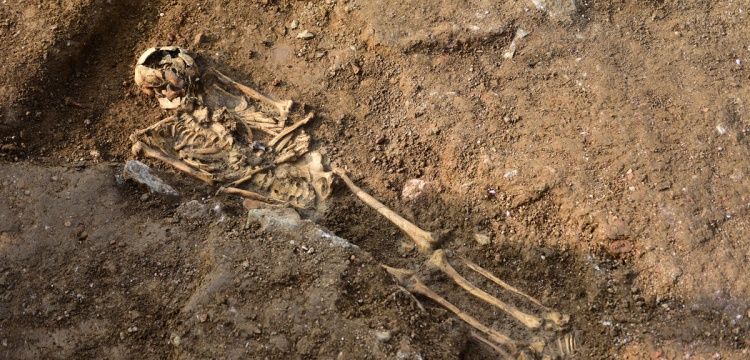
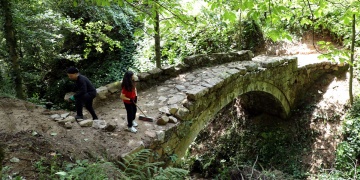 Ressam Serdar Abay, tarihi kemer köprüdeki yabani otları kızıyla temizledi
Ressam Serdar Abay, tarihi kemer köprüdeki yabani otları kızıyla temizledi 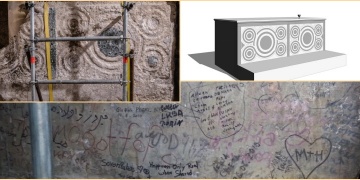 Archaeologists have discoveried a crusader altar in the Church of the Holy Sepulchre
Archaeologists have discoveried a crusader altar in the Church of the Holy Sepulchre  Komodo ejderinin demir dişli olduğu anlaşıldı
Komodo ejderinin demir dişli olduğu anlaşıldı 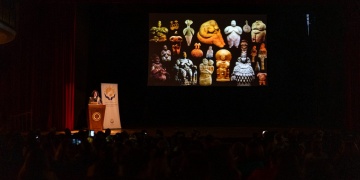 Doğa Taşlardan, Anadolu Tanrıçaları'ndan sonra Anadolu Bacılarının öykülerini anlatacak
Doğa Taşlardan, Anadolu Tanrıçaları'ndan sonra Anadolu Bacılarının öykülerini anlatacak 




